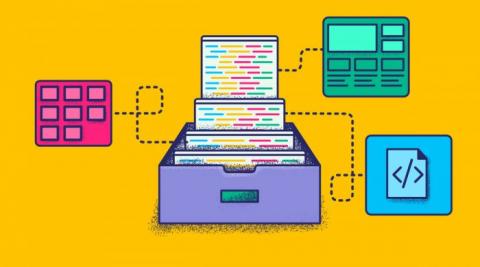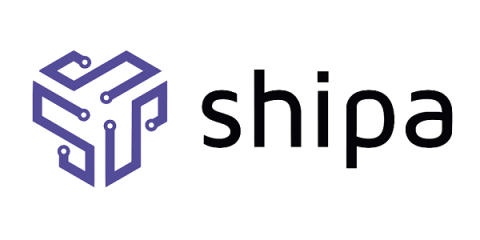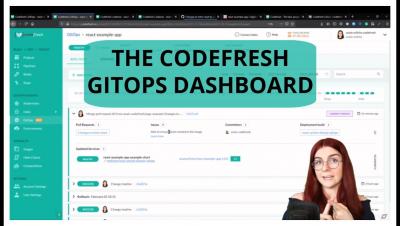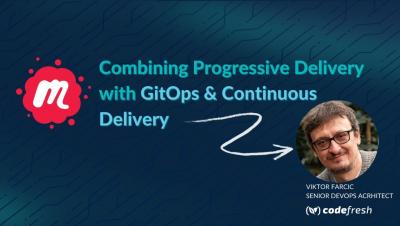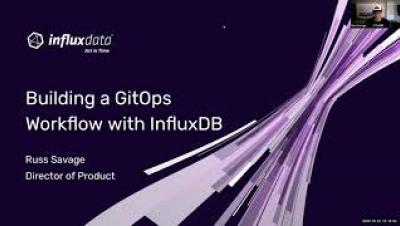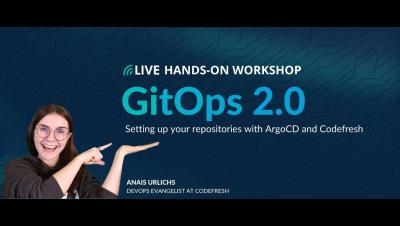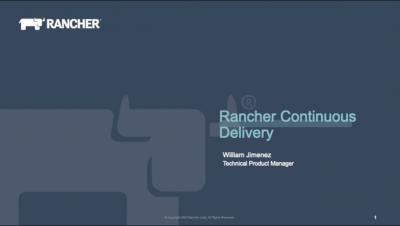GitOps Use Cases You May Not Have Considered
GitOps is growing in popularity. You’ve probably seen it mentioned on Reddit or dev.to. But what the heck is GitOps? Broadly speaking, GitOps takes the principles of Git and CI-powered workflows favored by software developers — commonly used to automate the process of building, testing and deploying software — and applies them to other business processes.



